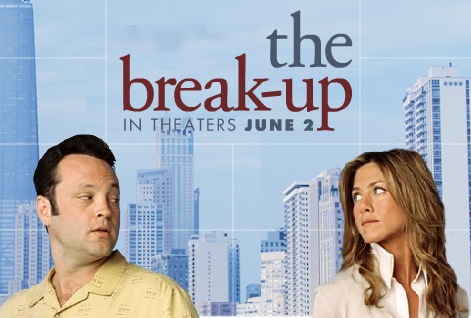
The world held its breath in 2009, poised for what promised to be the most electrifying return in entertainment history. Michael Jackson, the undeniable King of Pop, had announced “This Is It,” a spectacular 50-show residency at London’s O2 Arena. It was to be a defiant reclaiming of his throne, a chance to pivot public attention away from the sensational headlines of his personal life and back to the unparalleled artistry that had captivated billions. This comeback was not just a series of concerts; it was meant to be a grand testament to his enduring genius, a final, monumental statement from a man who had redefined music and performance.
Yet, beneath the glittering veneer of a global spectacle, a darker, more complex narrative was unfolding. As the world buzzed with anticipation for his heralded return, Jackson was locked in a brutal battle with inner demons. Riddled with self-doubt, grappling with a devastating addiction to prescription drugs, and suffocating under the weight of immense debt, the King of Pop was preparing for his final act while his health unraveled in the shadows. His last days were a poignant blend of intense creative preparation and profound personal struggle, a heartbreaking prelude to an unexpected end.
This article, presented in the spirit of in-depth cultural journalism, delves into the intricate web of circumstances, characters, and critical moments that defined Michael Jackson’s final days. We peel back the layers of public perception to reveal the behind-the-scenes reality of a legend fighting for his legacy, his finances, and ultimately, his life. Through detailed accounts from those closest to him and the documented events leading up to June 25, 2009, we explore the poignant tragedy of a comeback that was, truly, never meant to be.
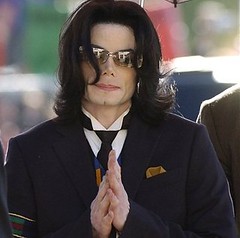
1. **The Grand Comeback That Never Was: “This Is It” Announcement**
On March 5, 2009, the reclusive King of Pop emerged from years largely absent from the spotlight to announce his “This Is It” summer residency at London’s O2 arena. This highly anticipated event marked his first concert series in a dozen years, following his acquittal on child molestation charges in 2005. The excitement was palpable; Jackson himself declared, “This is the final curtain call. This is it, and I love you,” igniting a frenzy among his global fanbase.
The demand for tickets was astronomical, with all 50 dates selling out within hours. This overwhelming response underscored the enduring power of his star, despite the controversies that had plagued his private life. The “This Is It” tour was not merely a musical event; it was billed as one of the greatest comebacks of all time, a chance for Jackson to reaffirm his status as a living legend and return to the stage where he truly belonged.
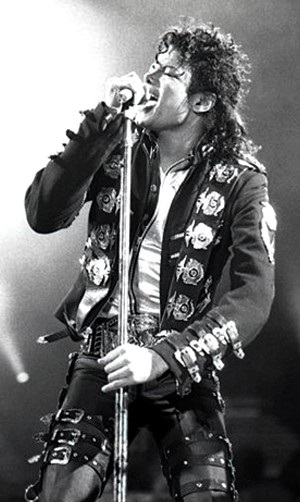
2. **The Shadow of Debt: Financial Pressures**
Behind the triumphant announcement, a grim financial reality loomed large over Michael Jackson. Reports indicated that he had amassed a staggering $350 million to $400 million in debt, largely attributed to years of lavish spending habits and a dwindling income. The “This Is It” concert series, therefore, was not just an artistic endeavor; it was a desperate attempt to rectify his precarious financial situation.
The proceeds from the sold-out shows were crucial to helping Jackson pay off his mounting obligations. This intense financial pressure undoubtedly added to the immense stress he was already under as he prepared for such a demanding return to the stage. The tour, with its reported $25 million in pre-production costs, represented both a massive opportunity and an enormous gamble for the embattled superstar.
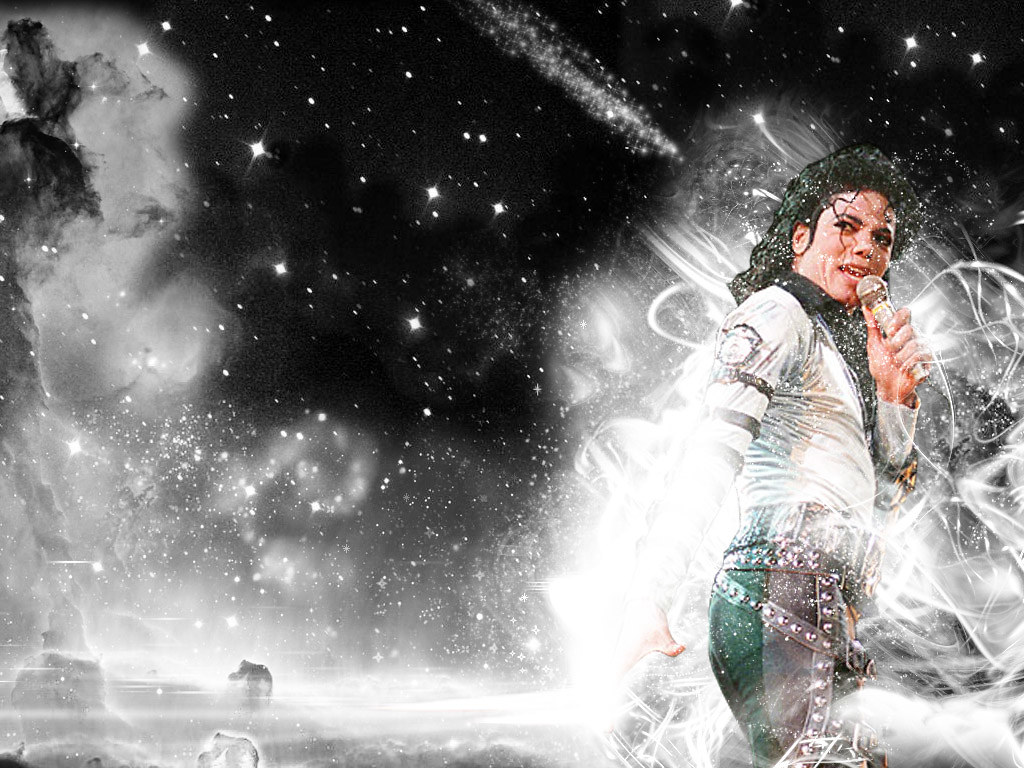
3. **A King in Crisis: Physical and Emotional Frailty**
As rehearsals began in Burbank, California, in early April 2009, observations from those within Jackson’s inner circle painted a worrying picture of his declining health. His longtime makeup artist, Karen Faye, initially noted that he was “on the thin side” but appeared “very upbeat” in April. However, as June approached, Faye testified that everything had drastically changed, saying, “He was not the man I knew. He was acting like a person I didn’t recognize.”
By mid-June, Jackson’s physical and emotional state had deteriorated significantly. Faye described him as paranoid, shivering from chills, and repeating himself. He appeared “very stoic” but “frightened” during a mid-June rehearsal, repeatedly asking, “‘Why can’t I choose?'” Faye further observed that she had “never seen him so emaciated,” noting that at almost six feet tall, he reportedly weighed close to 130 pounds prior to his death. These accounts revealed a star physically and mentally crumbling under the pressure.
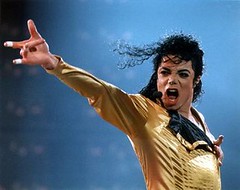
4. **The Trusted Circle and New Addition: Dr. Conrad Murray**
For his comeback, Jackson reassembled a trusted team from his former glory days, including manager Frank DiLeo, show director Kenny Ortega, choreographer Travis Payne, and entertainment lawyer John Branca. This familiar crew offered a sense of continuity and support. However, a crucial new addition to his inner circle was Dr. Conrad Murray, a personal physician whom Jackson had first met in 2006 when Murray treated one of his children in Las Vegas.
In May 2009, AEG Live, the tour promoter, hired Murray through Jackson to be the singer’s exclusive personal physician for the “This Is It” tour. This decision would later become a point of contention, as AEG Live would claim there was never a formal contract with Murray. Nevertheless, Murray’s primary responsibility was to ensure that the performer was in tour-ready shape, placing him in a position of immense influence over Jackson’s well-being.
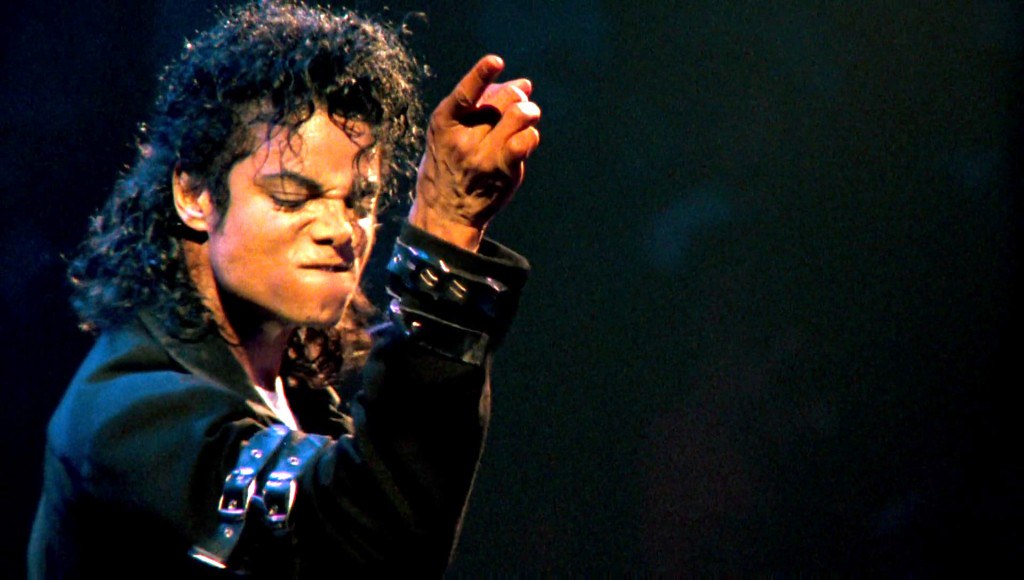
5. **The Pain, The Burns, The Sleepless Nights: Decades of Suffering**
Jackson’s reliance on prescription drugs was not a recent development but rather stemmed from decades of dealing with chronic pain and severe insomnia. Karen Faye testified that by 2009, Jackson had been treated for ongoing pain for many years. His health struggles included a severe head burn suffered while filming a Pepsi commercial in 1984, an incident that marked a significant turning point in his life.
Later, he sustained a back injury when a suspended bridge collapsed during a concert in Munich, Germany. Beyond these physical traumas, Jackson also grappled with profound difficulty sleeping, a problem that was particularly exacerbated following tour performances. This long history of physical ailments and persistent sleeplessness set the stage for his increasing dependence on powerful medications to find relief and rest.
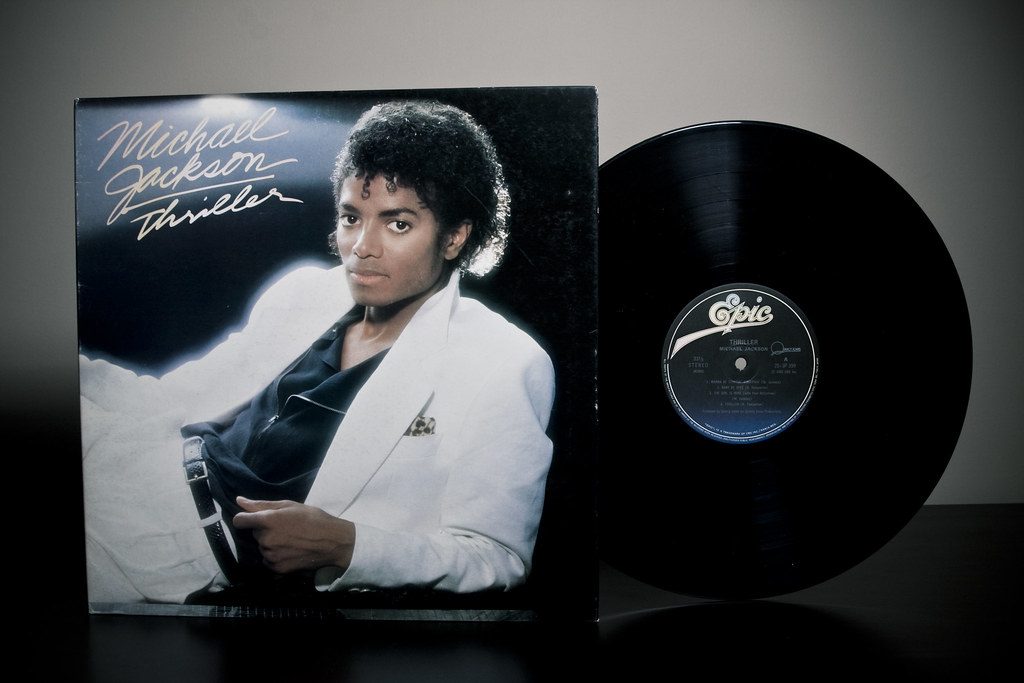
6. **The Sedative’s Siren Song: Xanax, Propofol, and Addiction**
Jackson’s escalating use of prescription drugs began to make headlines even before the “This Is It” tour. In 2007, a Beverly Hills pharmacy filed a complaint against the singer for an unpaid $101,926 prescription drug bill dating back to 2005. This incident offered an early glimpse into the scale of his dependency.
Court documents from an investigation into child molestation charges against the singer, of which he was acquitted in 2005, revealed that a former staffer at Jackson’s home reported him taking “30 to 40 Xanax pills a night.” This indicated a significant reliance on sedatives for sleep, a problem that would only intensify.
As the “This Is It” rehearsals progressed, Dr. Murray later admitted to police that he had given Jackson infusions of propofol to help him sleep, a powerful intravenous anesthetic typically used in hospital settings and not for insomnia. Jackson affectionately referred to propofol as his “milk,” highlighting his profound and dangerous reliance on the drug.
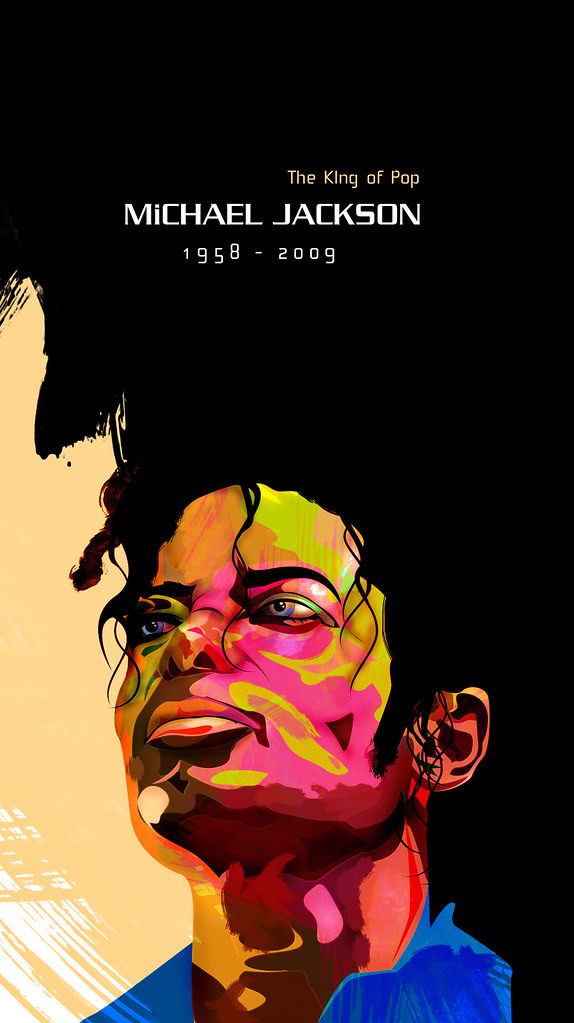
7. **Mounting Concerns: Warnings from the Production Team**
As the weeks drew closer to the opening night of “This Is It,” Jackson’s erratic behavior during rehearsals became a growing source of alarm for the production team. Choreographer Travis Payne noticed Jackson struggling during rehearsals on June 12, prompting Jackson to request a teleprompter to help him remember song lyrics. This was an uncharacteristic sign for a renowned perfectionist like Jackson.
Show director Kenny Ortega, a veteran who had worked with Jackson on previous tours, observed a disturbing change in the star. Ortega, along with other executives, became increasingly concerned about Jackson’s weight loss and lack of sleep. Randy Phillips, the show’s promoter, even hired a staffer specifically to ensure Jackson ate, reflecting the deep anxieties circulating within the production’s highest ranks.
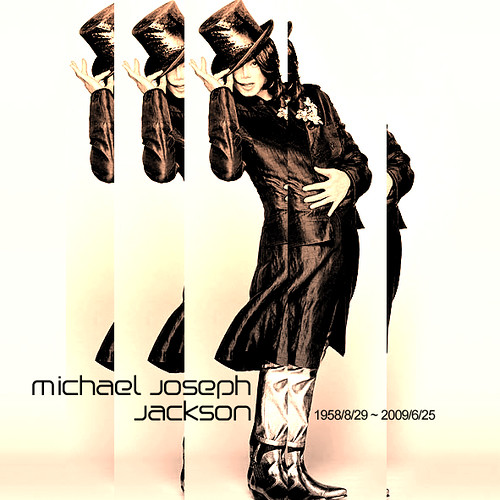
8. **The Desperate Pleas of Nurse Cherilyn Lee**
As Michael Jackson’s health spiraled, Nurse Cherilyn Lee received a frantic call from him on Easter 2009. He was desperately begging for propofol, the intravenous anesthetic he called his “milk.” Jackson pleaded, “Find me an anesthesiologist. I don’t care how much money they want,” insisting, “All I need is something to sleep.”
Lee, however, vehemently warned him. “This is not a safe medicine. Please don’t take this,” she advised, cautioning that being “knocked out” could lead to him “not wake[ing] up the next morning,” emphasizing, “The last end result of this is death.” Jackson, however, claimed his doctor assured him it was safe if monitored.
The warnings intensified on June 21, when Lee received a “foreboding call.” She heard Michael writhing, describing one side of his body as “hot” and the other “cold.” Recognizing a central nervous system issue, Lee urged immediate hospitalization, but his aides kept him home, a devastating decision.

9. **Kenny Ortega’s Urgent Warnings and Internal Emails**
Professional concerns peaked when choreographer Travis Payne noted Jackson struggling on June 12, requesting a teleprompter – an unprecedented sign for a perfectionist. After missing a week of rehearsals, Jackson returned on June 19, appearing “lost, cold, afraid,” and “shivering and incoherent” to show director Kenny Ortega.
Ortega, in worried emails to AEG Live executives, reported “signs of paranoia, anxiety, and obsessive-disorder-like behavior.” He considered halting the production but feared it would “break Michael’s heart.” Production manager John Hougdahl echoed this, stating, “I have watched [Jackson] deteriorate in front of my eyes over the last 8 weeks.”
Ortega’s recommendation for a psychiatrist underscored the profound distress among the team regarding their beloved artist’s decline. These internal communications painted a vivid picture of a team grappling with the agonizing reality of Jackson’s unraveling.
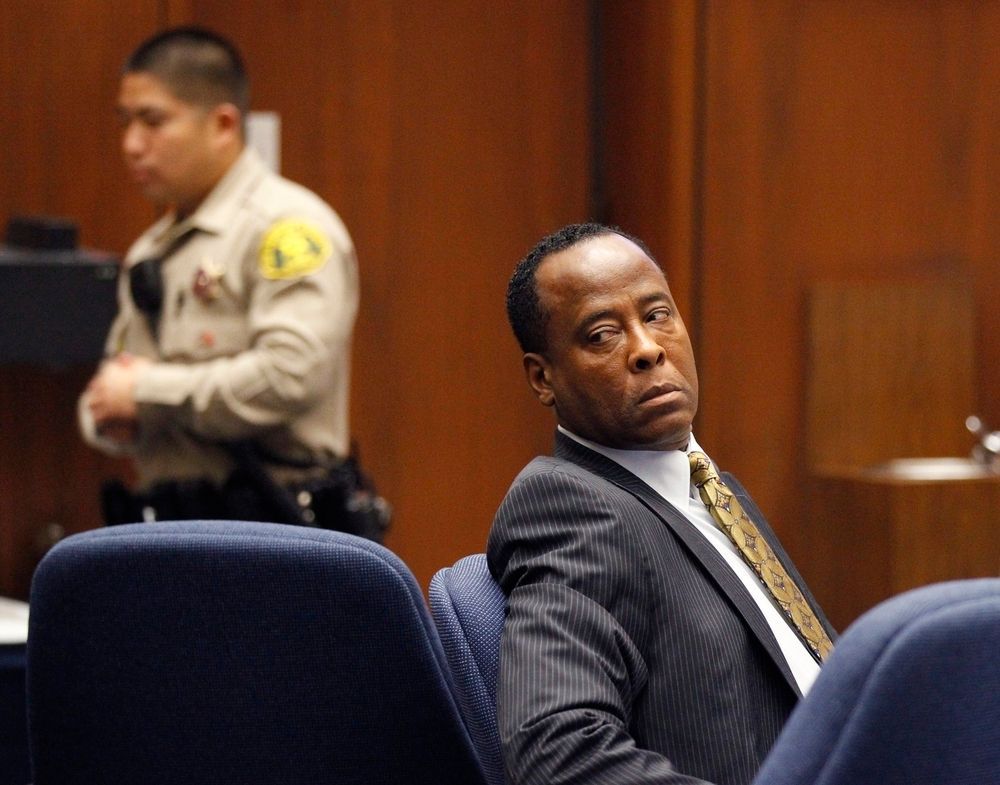
10. **Dr. Murray’s Assurances and Growing Authority**
Amidst rising concern, Dr. Conrad Murray seemingly dismissed urgent warnings. After Jackson missed the June 13 rehearsal on Murray’s advice, AEG Live controversially put Murray “in charge of getting Jackson to rehearsals,” granting him unprecedented authority over Jackson’s well-being.
On June 20, Murray convened a crisis meeting, confidently asserting Jackson was “physically and emotionally capable of handling all his responsibilities as a performer.” He insisted he, as a physician, should be the sole arbiter of such decisions, marginalizing the production team’s observations.
Murray’s assertions directly contradicted expert observations. His confident, albeit misplaced, assurances pacified some fears, but critically consolidated his position as the ultimate gatekeeper of Jackson’s health. This overreliance on Murray’s judgment became a tragic element in Jackson’s final days.
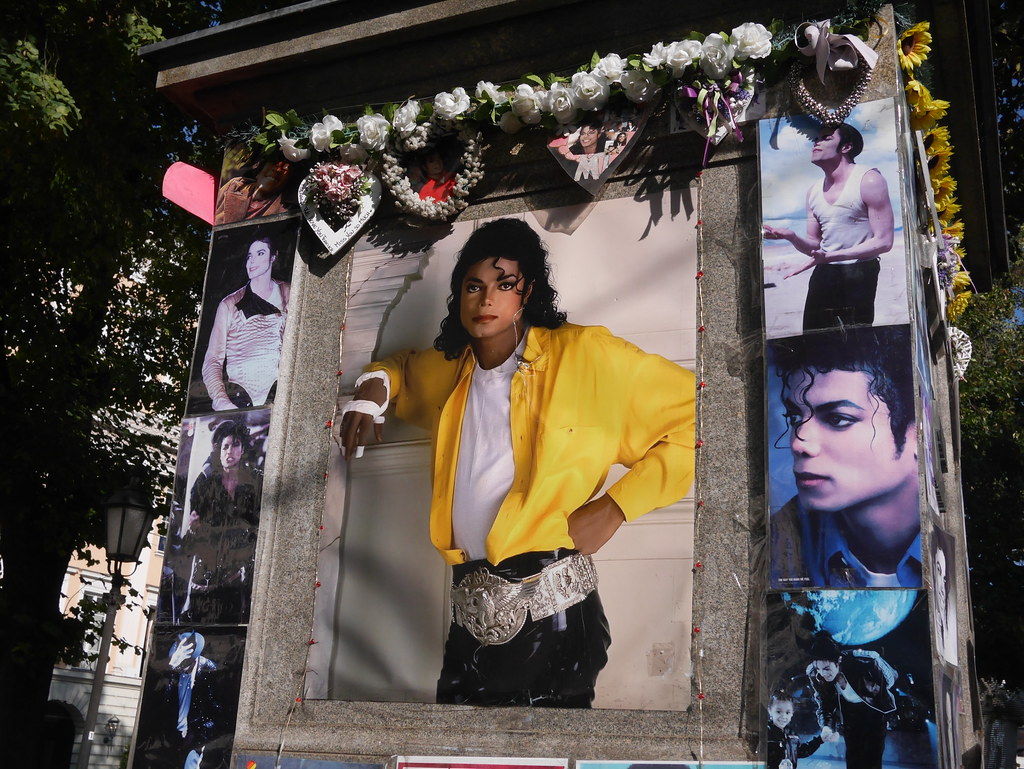
11. **A Glimmer of Hope: The June 23 Rehearsal**
In a stark twist, a brief recovery offered a fleeting glimpse of the Michael Jackson remembered. For two nights before June 23, Dr. Murray admitted he stopped administering propofol for sleep, leading to a remarkable, short-lived effect on the King of Pop.
When Jackson returned to rehearsals, his transformation was astonishing. Kenny Ortega, deeply concerned days prior, testified Jackson was “a very different man,” expressing being “overjoyed at his energy, his state of mind, his enthusiasm.”
This rapid recovery was not unprecedented; a sleep expert later testified quick recovery from heavy propofol use is possible. This brief resurgence tragically underscored the drug’s profound impact, hinting at what might have been, a final flash of brilliance.
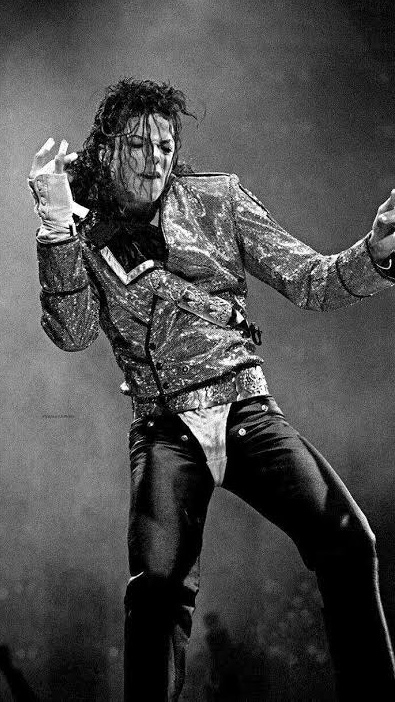
12. **The Final Performance: June 24 at Staples Center**
The day before his death began with deceptive normalcy. Michael Jackson had lunch with his children, appearing happy and praying. This serene domestic scene belied the gathering storm, portraying a moment of peace before the final act.
That evening, Jackson went to the Staples Center for his absolute final rehearsal. Many attendees observed him in “good shape” and “good spirits,” grinning broadly as he performed classics like “Smooth Criminal” and “Billie Jean.” He delighted in seeing the show’s video accompaniments, including a 3-D segment, and performed his signature moonwalk.
The rehearsal concluded around midnight. Jackson, in good spirits, thanked his crew and hugged his dancers, offering “God bless you.” He then returned home, briefly greeting devoted fans. It was a seemingly triumphant end, giving no hint of the tragedy mere hours ahead.
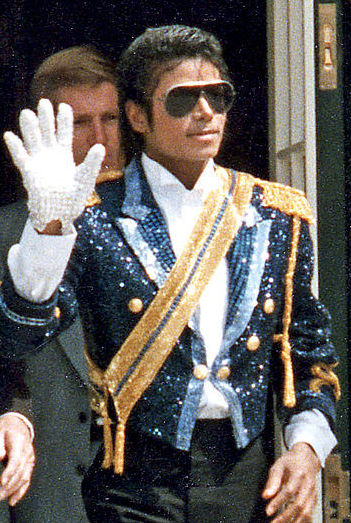
13. **The Descent: A Desperate Night for Sleep**
After his final rehearsal, Michael Jackson’s fragile state rapidly re-emerged. He complained of profound fatigue, initiating a harrowing, fatal overnight struggle for sleep. Dr. Murray, present at the house, admitted concern over Jackson’s propofol addiction, initially administering less potent sedatives.
The long night began at 1:30 am with 10mg Valium. Jackson remained awake, leading to 2mg of lorazepam at 2:00 am and 2mg of midazolam at 3:00 am. Still restless, another 2mg of lorazepam was given at 5:00 am, and 2mg of midazolam at 7:30 am.
Despite this cascade, Jackson remained sleepless and agitated, desperately begging for his “milk.” Murray’s initial resolve to withhold propofol eroded under relentless pressure, highlighting his inability to induce natural sleep for the embattled star.
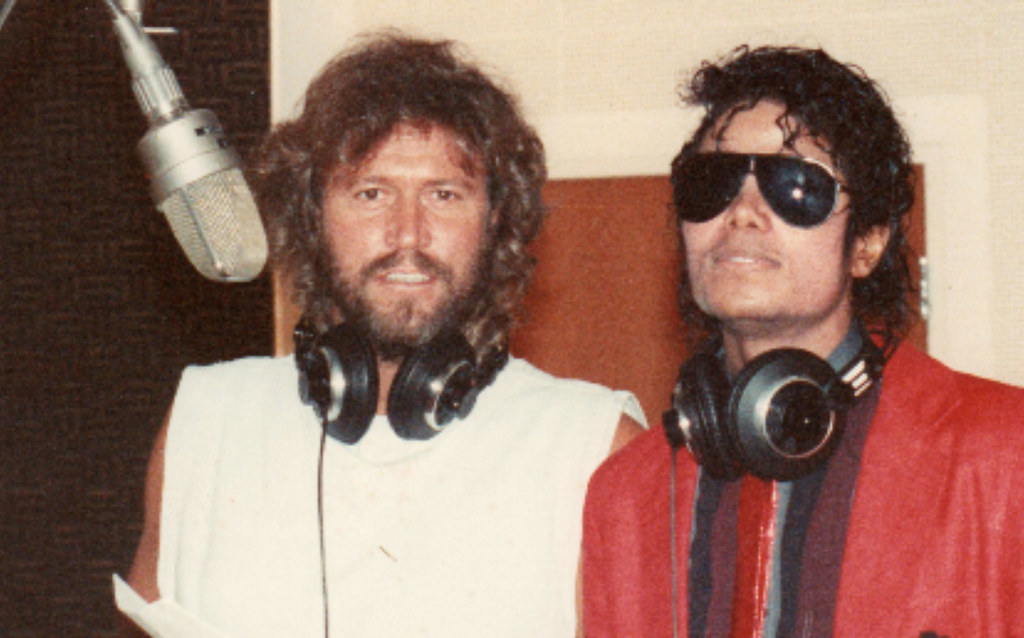
14. **The Fatal Morning: June 25, 2009**
The morning of June 25, 2009, began with a continuation of the agonizing vigil. Dr. Murray, after hours of resistance, finally relented to Jackson’s demands for propofol. At 10:40 am, he administered a “massive 25-milligram dose” of the intravenous anesthetic, a dose that would prove tragically lethal.
Murray reportedly stayed with the unconscious singer for just 10 minutes before leaving for the bathroom. He then engaged in a series of phone calls—to an insurance company, his clinic, other patients, and a romantic interest—stretching for nearly an hour. Jackson was left unmonitored for this critical period after receiving the potent anesthetic.
Around noon, Murray returned to find the King of Pop no longer breathing. Bodyguard Alberto Alvarez rushed upstairs, finding Jackson with “arms outstretched and his eyes and mouth wide open.” Murray allegedly instructed Alvarez to remove empty medicine vials before calling 911. The sight of crying Paris and Prince added unbearable tragedy.
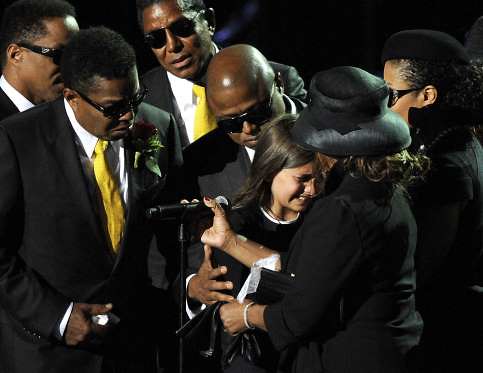
15. **The Aftermath: Death, Investigation, and Lingering Questions**
Desperate efforts to save Michael Jackson’s life began with Alvarez’s 911 call. Paramedics found no pulse, despite Murray’s claims of a weak heartbeat. Critically, Murray failed to disclose propofol, instead citing dehydration and lorazepam.
Jackson was rushed to UCLA Medical Center. Doctors tirelessly attempted resuscitation, including over an hour of CPR, tragically causing multiple cracked ribs. Despite heroic efforts, it was to no avail; Michael Jackson was pronounced dead at 2:26 pm. Murray, overwhelmed, left against police objections.
The investigation uncovered a disturbing scene: medical equipment, oxygen tanks, syringes, and hidden propofol vials. The coroner ruled the death as acute propofol intoxication, a homicide. Dr. Conrad Murray was charged and subsequently convicted of involuntary manslaughter. Jackson’s unmatched legacy lives on, though his family’s wrongful death suit against AEG Live was unsuccessful, leaving enduring questions about his final, tragic curtain call.
The final days of Michael Jackson’s life, as chronicled in the preceding accounts, paint a poignant and often harrowing picture of a legend battling not just for his legacy but for his very existence. From the ambitious dreams of “This Is It” to the devastating grip of addiction and the complex web of medical oversight, his story serves as a profound cautionary tale. It underscores the immense pressures faced by global icons and the tragic vulnerability that can hide beneath the brightest spotlights. Jackson’s unparalleled artistry will forever echo through the annals of music, but the circumstances of his final bow compel us to remember the man behind the myth, a man whose life, for all its brilliance, ended in a shadow of unfulfilled promises and unanswered questions.

